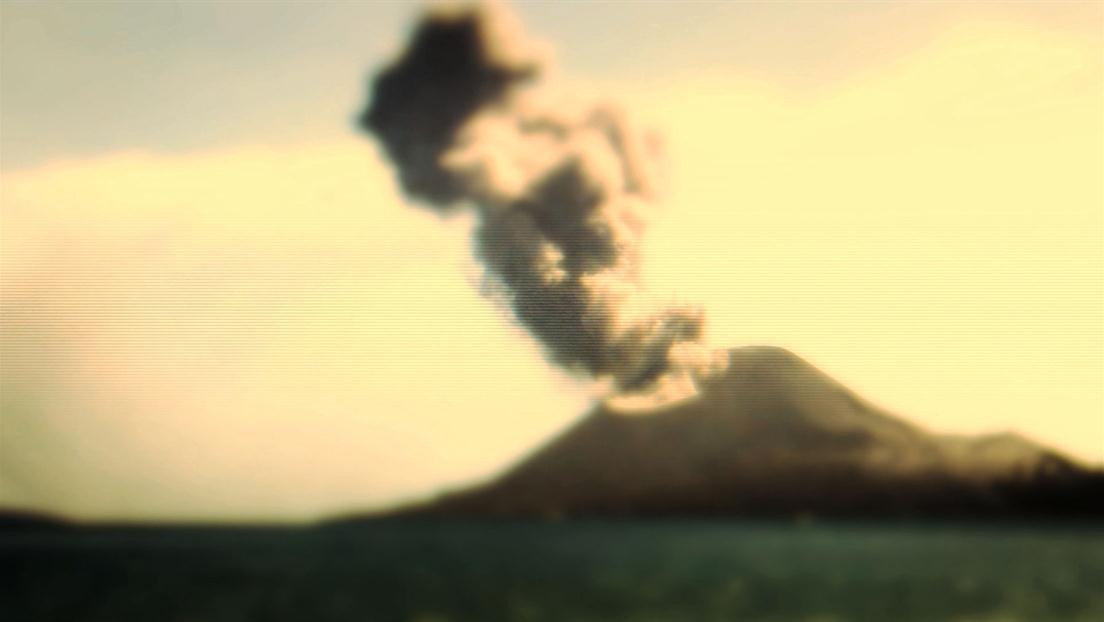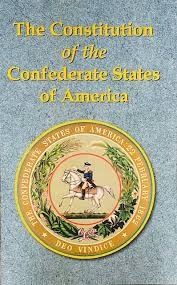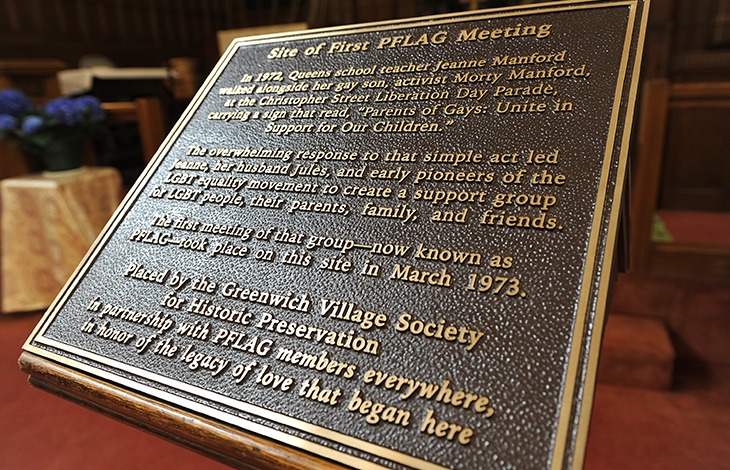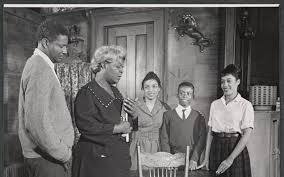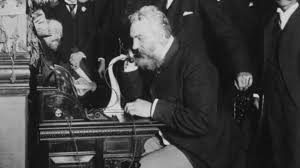On March 11, 1779, Congress establishes the U.S. Army Corps of Engineers to help plan, design and prepare environmental and structural facilities for the U.S. Army. Made up of civilian workers, members of the Continental Army and French officers, the U.S. Army Corps of Engineers played an essential role in the critical Revolutionary War battles at Bunker Hill, Saratoga and Yorktown. The members of …

